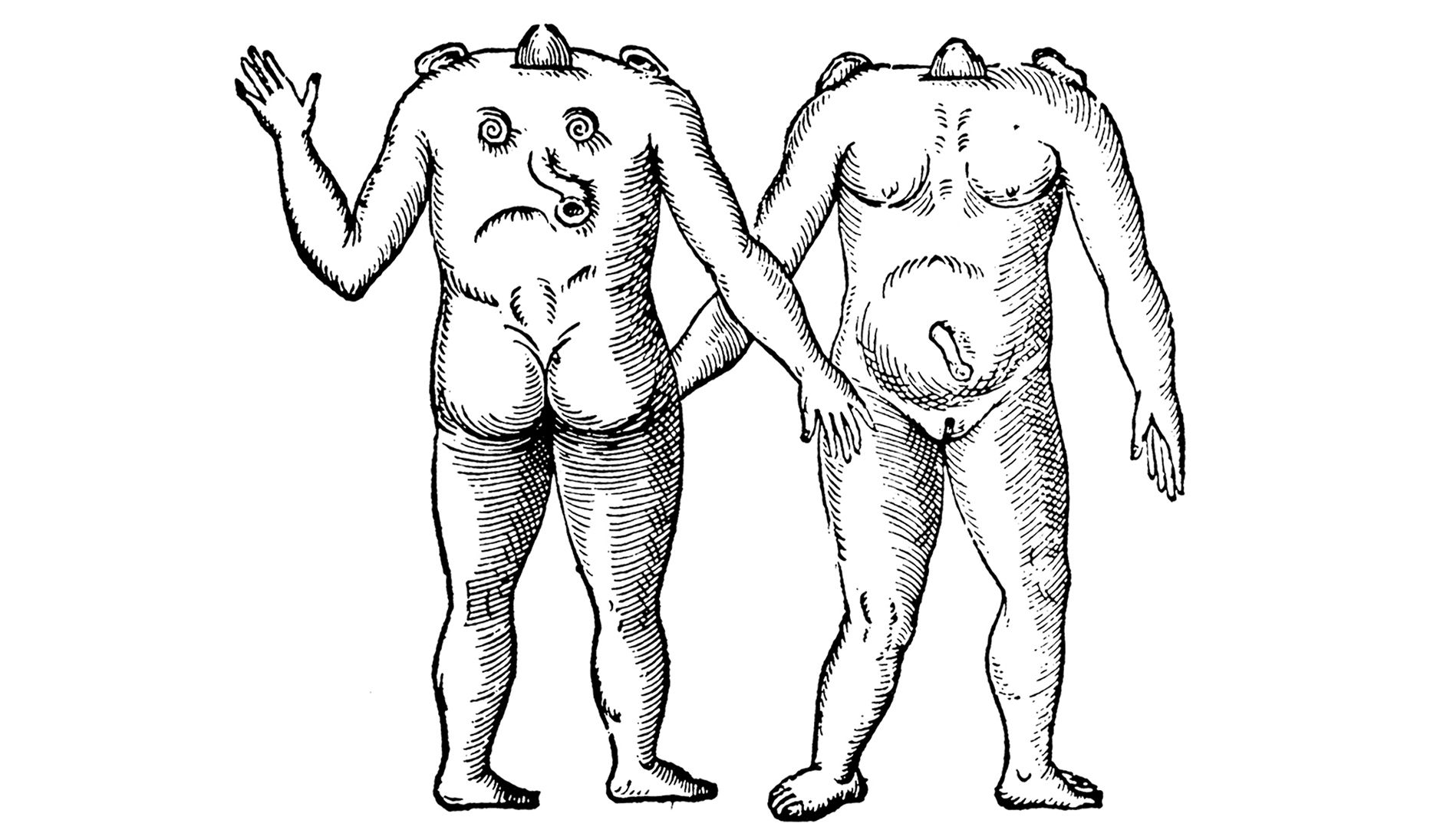Resilience


In these stressful and difficult quarantine days, we are overwhelmed by a vortex of uncertainty that has revealed our vulnerabilities in the private and social spheres. In a world of forces out of our control, it becomes urgent to develop resilience and to exploit our own unrealized spiritual and intellectual capacities in order to overcome weaknesses and fears. These essays selected from the e-flux journal archive offer examples of resilience in various domains, from the struggle for gender equality through activism in art and culture to counter-strategies artists develop to face a society without qualities.
Free love and camaraderie were at the core of Kollontai’s thinking, for her novels and essays describe love as a force that frees one from bourgeois notions of property. As an influential figure, a rare woman in the Bolshevik Party leadership, and commissar for social welfare in their first government, she not only set up free childcare centers and maternity houses, but also pushed through laws and regulations that greatly expanded the rights of women: divorce, abortion, and recognition for children born out of wedlock, for example. She organized women’s congresses that were multiethnic in the way the young Soviet Union practiced controlled inclusion, following Western models. At the time, these were unique measures that were soon overhauled by Stalin, who did not appreciate any attempt at ending what Kollontai called “the universal servitude of woman.”
The message was trouble. A request for connection. She couldn’t accept it. She couldn’t turn it down, either. She couldn’t afford to be known to have read or received it, so she certainly couldn’t afford to keep it. But the message carriers’ passage was logged on Balloonnet’s individual balloons’ platforms. Loss, destruction—built-in redundancy handled a certain amount of that, and she’d stayed within statistical bounds when dealing with other such requests. But too many missing drones and there’d be attention, follow-up … She needed to try something different this time.
Say the gods latched a chain to the heavens in an effort to yank Zeus down. Well, Zeus would simply pick it up, give it a tug, and the rebel gods, their earthly minions, the entire carnal world, would be flung through the cosmos to an untimely end. With a mere twist of his finger, Zeus could take control of the chain: as a weapon, a keepsake, a necklace for the peak of Olympus. Zeus never acted on this threat, but his gauntlet kept hanging. With each passing era, it grew ever more like a chain. The natural world took a liking to this object. Creatures began to clamber up and take shelter in its links. By all accounts, they loved the altitude and the elliptical life. Gods come and go, and still the chain keeps hanging. Trees have sprung up around it, but if we look closely, we can see it: a weathered thing, more rust than metal; a testament to all we’ve forgotten to remember—to the worlds of old epistemologies, to the aliens of the Enlightenment. At some point, the future may reclaim this chain.







